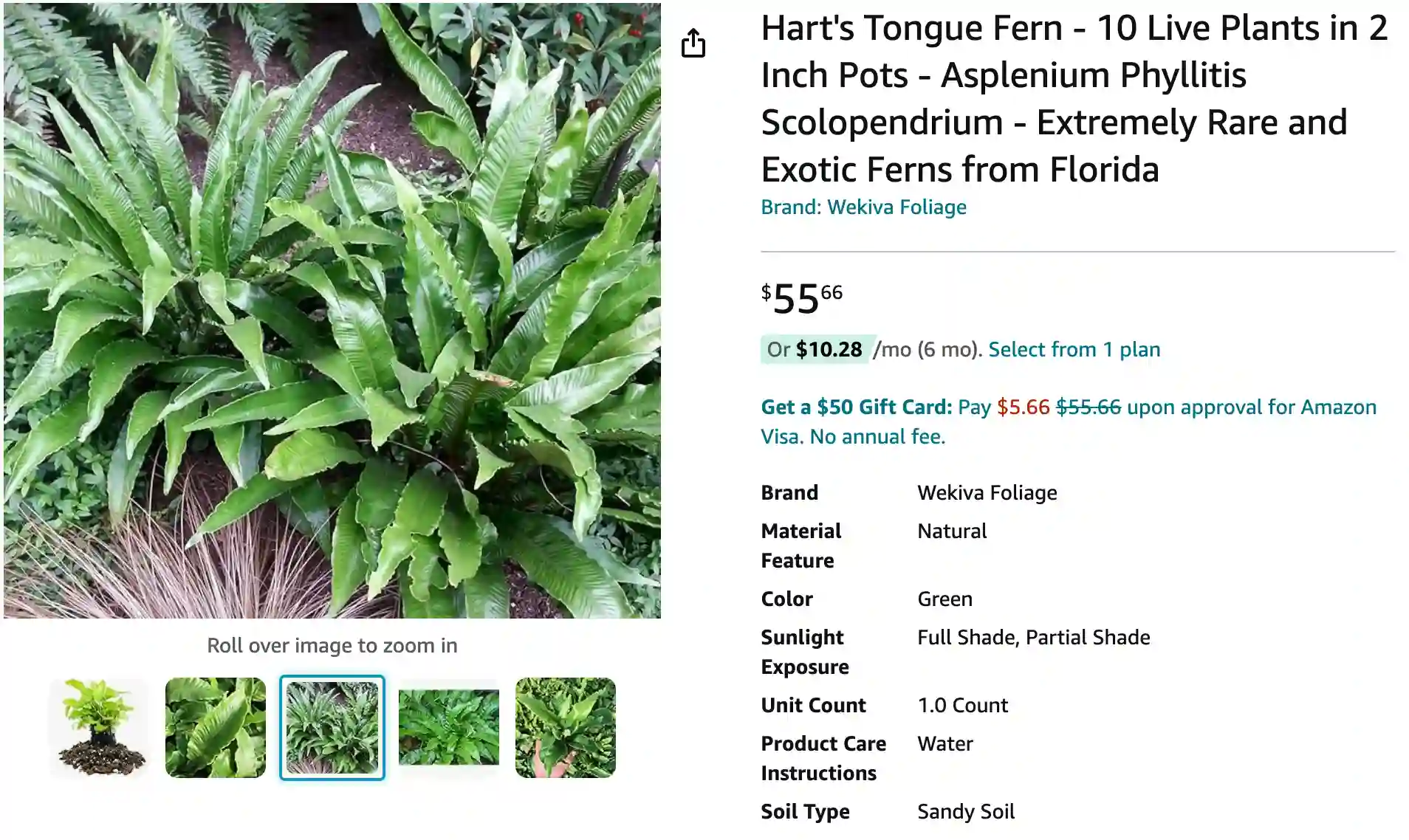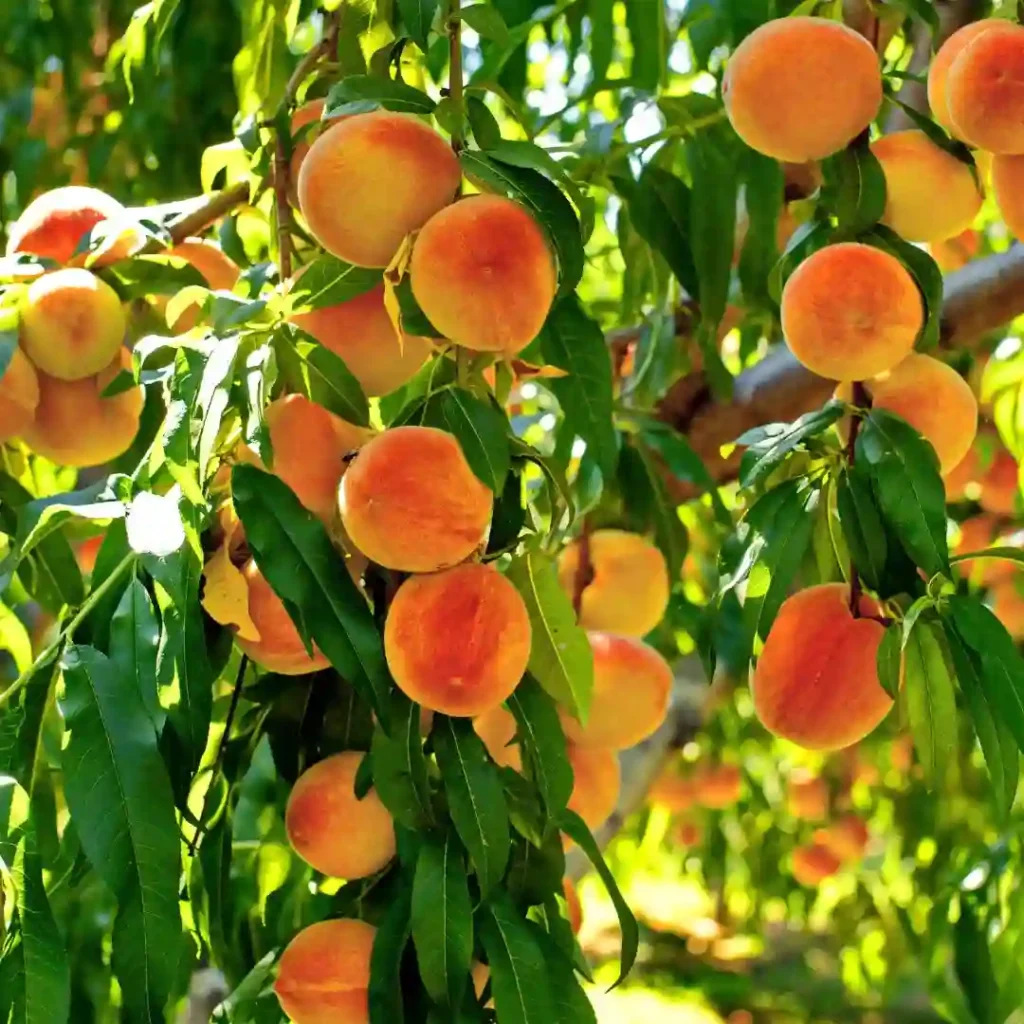
All About Asplenium Scolopendrium: The Hart’s-Tongue Fern
Hi, Ferb Vu here. I’m a plant enthusiast with a particular fondness for ferns. Today, we’re diving deep into the world of Asplenium Scolopendrium, also known as the Hart’s-Tongue Fern.
This elegant fern has captured hearts (and windowsills) for centuries. Let’s unravel its secrets, from its unique appearance to its preferred growing conditions.
908 Species in Genus Asplenium
What is Asplenium Scolopendrium?
The Hart’s-Tongue Fern is an evergreen fern belonging to the Aspleniaceae family. It’s native to the Northern Hemisphere, gracing regions like Europe and North America with its lush presence.
The most striking feature of this fern is its fronds. Unlike many ferns with feathery foliage, the Hart’s-Tongue boasts simple, undivided fronds. These fronds are long and strap-shaped, resembling (you guessed it) a hart’s tongue – an old term for a male red deer.
The rich green color of the fronds adds a touch of sophistication to any indoor space. As an evergreen, it provides year-round greenery, unlike flowering plants that go dormant in winter.
Hart’s-Tongue Fern vs. Other Ferns: Striking the Similarities and Differences
Sure, the Hart’s-Tongue Fern stands out with its unique fronds, but how does it compare to other popular ferns? Let’s see:
- Maidenhair Fern (Adiantum spp.): Both are shade-loving ferns, but the Maidenhair Fern features delicate, fan-shaped fronds that flutter in the breeze.
- Boston Fern (Nephrolepis exaltata): This lush fern boasts cascading fronds that add a voluminous touch. It needs slightly higher humidity than the Hart’s-Tongue Fern.
- Staghorn Fern (Platycerium spp.): This architectural wonder thrives on mounts and requires good air circulation. Unlike the Hart’s-Tonge, it enjoys brighter indirect light.
Similarities: All these ferns prefer moderate to moist soil, well-drained but not soggy. They thrive in indirect sunlight and appreciate consistent humidity.
How to care for Hart’s-Tongue Fern?
So, you’ve been captivated by the Hart’s-Tongue Fern and brought one home? Here’s how to keep it flourishing:
Light: This fern isn’t a fan of harsh sun. Opt for a spot with bright, indirect light. Think dappled sunlight filtering through trees or a north-facing window.
Water: Consistent moisture is key. Aim for the soil to feel slightly damp to the touch, but not soggy. Water deeply when the top inch of soil dries out.
Humidity: Moderate to high humidity is ideal. Grouping your Hart’s-Tongue Fern with other humidity-loving plants or using a pebble tray filled with water can help.
Soil: Opt for a well-draining, fertile potting mix rich in organic matter. A mixture of peat moss, perlite, and compost works well.
Fertilizer: During the growing season (spring and summer), a light application of liquid fertilizer once a month can be beneficial. Opt for a balanced fertilizer diluted to half strength.
Temperature: The Hart’s-Tongue Fern thrives in average room temperatures between 65°F and 75°F (18°C and 24°C). Avoid placing it near cold drafts or heat vents.
Repotting: As your fern matures, it might need a larger pot. Repot every 2-3 years in spring or early summer, choosing a pot just slightly bigger than the current one.
Is Hart’s-Tongue Fern toxic to pets?
While not deadly, the fronds can cause stomach upset in pets if ingested.
How do I propagate Hart’s-Tongue Fern?
Spore propagation is challenging, but you can divide mature clumps in spring.
Why are the fronds of my Hart’s-Tongue Fern turning brown?
This could be due to underwatering, excessive sun exposure, or low humidity.
Can I grow Hart’s-Tongue Fern outdoors?
Yes, it can tolerate some shade in a sheltered location, but ensure it gets adequate moisture.
With proper care, your Hart’s-Tongue Fern will reward you with its timeless beauty for years to come. So, enjoy the lush greenery and bring a touch of the wild indoors!
If i die, water my plants!



